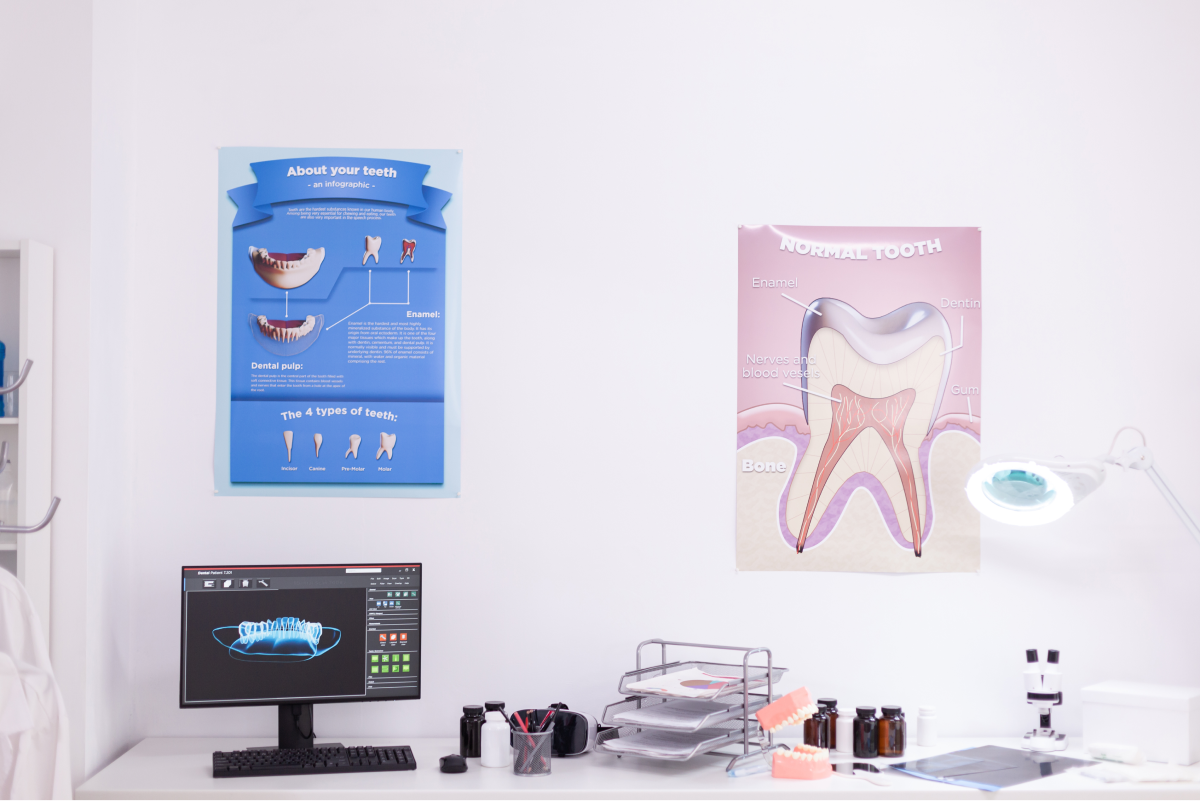Replacing Old Metal Fillings and Crowns: What You Need to Know
Dental technology has come a long way, and many people are now choosing to replace their old metal fillings and crowns with newer, more advanced options. Whether for aesthetic reasons or improved oral health, replacing these older materials can be a worthwhile decision.
Why Consider Replacing Old Metal Fillings and Crowns?
Aesthetic Improvement
Metal fillings and crowns can stand out, especially when used in visible teeth. Modern materials like composite resin or porcelain blend seamlessly with your natural teeth, creating a more attractive and natural smile.Health and Safety Concerns
Some old fillings, especially amalgam ones, contain mercury, which raises concerns for some individuals. Although studies suggest that these fillings are generally safe, replacing them can provide peace of mind.Wear and Tear
Over time, metal fillings and crowns can wear down, crack, or loosen, allowing bacteria to enter and potentially cause decay underneath. Replacing them ensures your teeth remain protected.Improved Fit and Function
Newer dental technologies provide better-fitting fillings and crowns, enhancing comfort and functionality. Modern restorations are more durable and long-lasting, improving overall oral health.
Replacement Options
Composite Resin Fillings
Composite resin is a tooth-colored material that bonds tightly to the tooth, providing a natural look and improved durability compared to older metal fillings.Porcelain Crowns
Porcelain crowns are highly durable and mimic the appearance of natural teeth. They are ideal for front and back teeth, providing both strength and aesthetic appeal.Zirconia Crowns
Zirconia crowns are known for their strength and longevity. They are resistant to chipping and offer a highly natural appearance.Ceramic Inlays and Onlays
For larger cavities, ceramic inlays and onlays are excellent options that offer durability and a tooth-colored finish.
The Replacement Process
Assessment
Your dentist will examine your existing fillings or crowns to determine their condition and discuss replacement options tailored to your needs.Removal of Old Materials
The dentist carefully removes the old filling or crown, ensuring minimal impact on the healthy tooth structure.Preparation and Restoration
The tooth is cleaned and prepared for the new filling or crown. If a crown is being replaced, an impression is taken, and a temporary crown may be placed while the permanent one is being crafted.Placement of New Material
Once ready, the new filling or crown is securely bonded to the tooth, restoring its function and appearance.
Benefits of Upgrading to Modern Dental Restorations
- Enhanced appearance for a confident smile.
- Better compatibility with natural teeth.
- Reduced risk of further tooth decay or damage.
- A safer and longer-lasting solution.
When Should You Replace Old Fillings or Crowns?
- If you notice cracks, chips, or signs of wear.
- If you experience tooth sensitivity or pain.
- For aesthetic reasons, to improve the appearance of your smile.
Conclusion
Replacing old metal fillings and crowns is a smart choice for improving both your oral health and the appearance of your smile. Modern materials provide a safer, more durable, and natural-looking alternative to outdated restorations. If you’re considering an upgrade, consult your dentist to explore the best options for your unique needs.

3 replies on “Replacing Old Metal Fillings & Crowns”
“I recently switched to porcelain crowns, and the difference is incredible! Highly recommend making the change. Great blog! 💚👍”
“I’ve been thinking about replacing my old metal fillings for a while now. This blog gave me the confidence to finally book that dental appointment! 🦷✨”
“I had no idea that newer crowns and fillings could look so natural. Definitely worth considering for a better smile. Thanks for sharing! 😁💡”